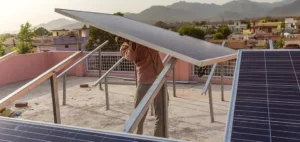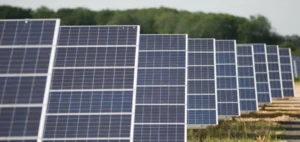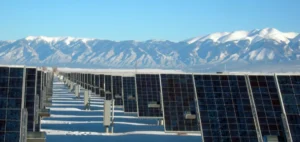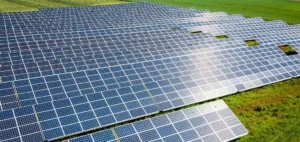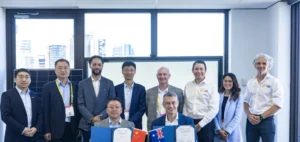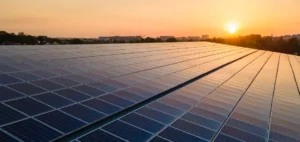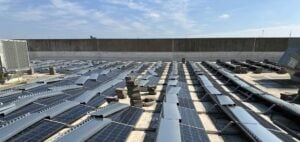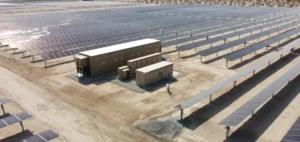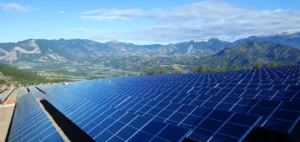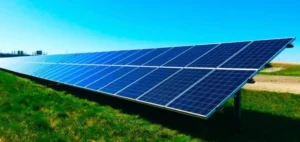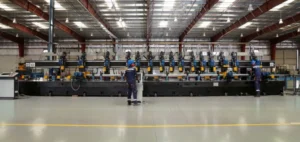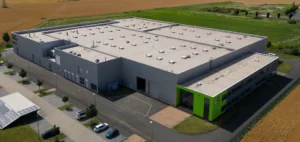Zimplats, one of Zimbabwe’s leading platinum producers, is continuing its energy expansion with the rollout of phase 2A of its solar project. Estimated to cost $54 million, this new 45-megawatt (MW) solar plant follows the first 35 MW phase, which was commissioned in August 2024. Once the entire project is completed, Zimplats’ total solar capacity will reach 80 MW, a critical capacity to meet the energy needs of its mining operations.
The group, a subsidiary of South Africa’s Impala Platinum Holdings Limited (Implats), has already committed $36 million to phase 2A and spent $12 million in the third quarter of 2025. The completion of this phase is expected by the first half of 2027, according to the deployment schedule.
Cost Reduction and Enhanced Energy Security
Zimplats’ decision to increase its solar capacity is part of a broader strategy to secure its power supply. The company highlights the economic and operational benefits, including the reduction of fossil fuel costs and better management of power outages. These solar infrastructures are also expected to lower expenses related to diesel fuel, which is often used as a backup to the national grid.
Solar energy, combined with battery storage systems, allows Zimplats to provide a stable and continuous electricity supply, essential for the smooth operation of its mining facilities. This energy independence becomes a strategic lever to maintain the productivity of its sites and reduce dependence on the national grid, which is often subject to unpredictable outages.
Compliance with Zimbabwe’s Climate Goals
Zimplats’ solar project also aligns with Zimbabwe’s climate objectives, as the country adopted a climate change policy in 2016. By contributing to the reduction of its carbon emissions, the company responds to the growing demand from mining companies to address their environmental impact. This solar program helps Zimplats improve its reporting on Scope 1, 2, and 3 emissions, in line with global carbon neutrality goals.
This development is part of a broader trend in which African mining companies are investing in renewable energy sources to ensure the resilience of their operations in the face of climate and energy challenges. Solar energy is becoming a strategic solution for isolated mining sites, while supporting national policies on sustainable development.




